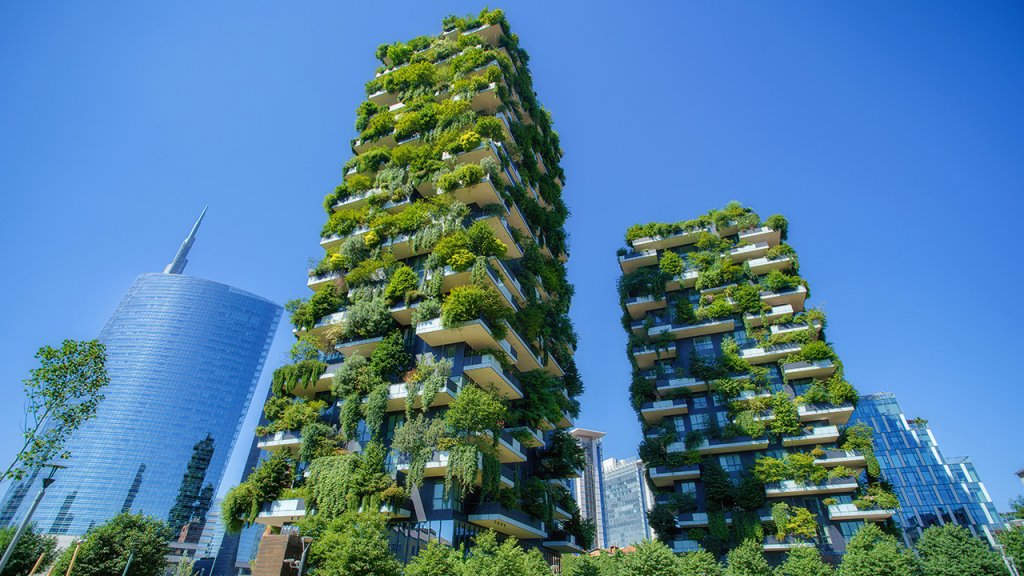Green building, an environmentally conscious approach to construction and design, has become increasingly significant in the UK. This concept revolves around creating structures that minimize their impact on the environment while promoting sustainability, energy efficiency, and the well-being of occupants. Building contractors in Kent play a crucial role in implementing these principles and ensuring that construction projects align with the goals of green building in the region. Let’s delve into the key aspects of the green building concept in the UK.
1. Energy Efficiency:
Green buildings in the UK prioritize energy efficiency through the use of advanced insulation materials, energy-efficient windows, and innovative heating and cooling systems. This not only reduces environmental impact but also lowers energy consumption and utility costs.
2. Renewable Energy Sources:
Integration of renewable energy sources such as solar panels and wind turbines is a hallmark of green building. These technologies harness natural resources to generate clean energy, contributing to a reduced carbon footprint.
3. Water Conservation:
Green buildings implement water-saving technologies, including efficient plumbing fixtures, rainwater harvesting systems, and drought-resistant landscaping. These measures aim to minimize water wastage and promote sustainable water use.
4. Sustainable Materials:
The choice of materials is crucial in green building. Utilizing sustainable and locally sourced materials helps reduce transportation-related emissions. Additionally, consideration is given to materials with low environmental impact throughout their life cycle.
5. Waste Reduction and Recycling:
Construction projects generate a significant amount of waste. Green building practices in the UK focus on waste reduction and recycling, with a keen emphasis on materials like scrap metal. Careful selection and management of materials aim to minimize waste generation, and on-site recycling initiatives further contribute to sustainable practices.
6. Green Roofing:
Green roofs, adorned with vegetation, are a distinctive feature of green buildings. They provide insulation, absorb rainwater, and contribute to biodiversity. Green roofing also helps mitigate the urban heat island effect.
7. Indoor Air Quality:
Ensuring a healthy indoor environment is paramount. Green buildings incorporate ventilation systems, non-toxic materials, and measures to control humidity levels. This contributes to improved indoor air quality and the well-being of occupants.
8. Certification Programs:
Various certification programs, such as BREEAM (Building Research Establishment Environmental Assessment Method) and LEED (Leadership in Energy and Environmental Design), play a crucial role in assessing and acknowledging the sustainability of green buildings in the UK.
9. Community Engagement:
The green building concept extends beyond individual structures to community planning. Considerations include the development of green spaces, pedestrian-friendly design, and the integration of sustainable infrastructure.
10. Government Initiatives:
The UK government actively promotes green building through incentives, regulations, and initiatives. This includes financial support for sustainable projects, building regulations that set environmental standards, and commitments to achieving net-zero carbon emissions.
Conclusion:
The green building concept in the UK is a holistic approach that encompasses design, construction, and operation. It reflects a commitment to environmental responsibility, resource efficiency, and the creation of spaces that enhance both the quality of life and the health of the planet. As the UK continues to address climate challenges, the evolution of green building practices remains integral to the future of sustainable construction.

